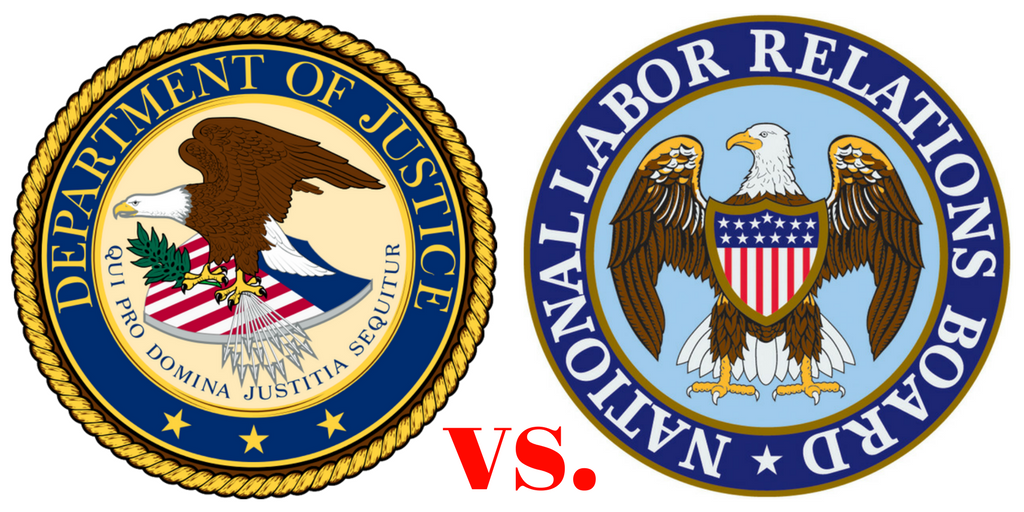Public school teachers in New York can earn tenure rights by successfully completing a probationary period. Once a teacher has earned tenure rights, their school district would have to undertake a formal hearing process before disciplining the teacher. The district would have to prove just cause to impose discipline, and the process can be time consuming and costly.
Here are some basic questions that come up about teacher tenure rights in New York:
In What Subject Areas Can Teachers Get Tenure?
According to New York State Department of Education regulations, a tenure area is “the administrative subdivision within the organizational structure of a school district in which a professional educator is deemed to serve.”
The primary tenure areas for teachers hired after August 1, 1975 are:
- Elementary (Pre-K through 6th grade)
- Middle Grades (7th and 8th grades)
- English (Grade 7+)
- Social Studies (Grade 7+)
- Mathematics (Grade 7+)
- Science (Grade 7+)
- Foreign Languages (Grade 7+)
There are also many special subject tenure areas, such as art, driver education, music, and physical education and recreation.
Different tenure area rules apply for teachers in the New York City and City of Buffalo school districts.
Teachers may be assigned to more than one tenure area at the same time.
Do Part-Time Teachers Get Tenure?
Part-time teachers, including most substitutes, usually do not have probationary periods or gain tenure rights. However, a school district can agree to award credit towards tenure to non-full-time teachers.
How Long Is the Probationary Period?
Teachers hired on or after July 1, 2015, start with a 4-year probationary period. Teachers hired before that date, had a 3-year probationary period. The teacher and school district can voluntarily agree to extend the probationary period.
A school district may end a teacher’s employment before the end of the probationary period without undergoing the formal hearing process that would be required once tenure is conferred.
Who Grants Tenure?
School boards ultimately decide, by majority vote, whether to grant tenure rights to a teacher. However, the Superintendent of Schools must first recommend a teacher for tenure before the school board votes on the matter. And if the School Board rejects a Superintendent’s recommendation of tenure, then it must reconsider the matter at another meeting.
Do Tenure Rights Transfer Between School Districts?
No. When a teacher moves to a new school district, they start over with a new probationary period. However, a teacher who had tenure rights in another school district may qualify for a reduced probationary period of 3 years rather than 4 years.
Can Teachers Be Transferred Between Grades?
Yes, as long as the transfer is within the same tenure area. Teachers can only be transferred outside of their tenure area with their consent.
How Do School Districts Discipline Teachers with Tenure Rights?
Typically, by following specific procedures set forth in Section 3020-a of the New York Education Law. School districts must have just cause to impose any discipline on a tenured teacher.
The Education Law does not define just cause generally. However, it does provide that teachers can only be discharged from employment based on the following grounds:
- Insubordination
- Immoral character
- Conduct unbecoming a teacher
- Inefficiency
- Incompetence
- Physical or mental disability
- Neglect of duty
- Failure to maintain certification
The tenured teacher discipline process begins with the school district bringing written charges against the teacher. The teacher then has the option (usually elected) of having a formal hearing on the charges. The hearing is conducted by a neutral, third party hearing officer mutually selected by the school district and the teacher (or appointed by the State Education Department if the parties cannot agree).
At the hearing, both the school district and the teacher may call witnesses and present evidence in support of their respective positions. After the hearing, the hearing officer issues a decision. In the decision, the hearing officer addresses whether the district has proven each of its charges. If the hearing officer finds that the district has proven any of the charges, then they will also decide the appropriate disciplinary penalty. The school board must adopt the hearing officer’s decision within 15 days of receiving it.
If either side disagrees with the hearing officer’s decision, their only recourse is to challenge it in court. The courts, however, are highly deferential to the hearing officer’s decision.
Do Teachers Work During the Disciplinary Process?
That is usually up to the school district. Depending on the nature of the charges, the school district may permit the teacher to continue working if it chooses. This can include a reassignment, even to non-teaching duties, if the duties “bear reasonable relationship to the suspended teacher’s competence and training, and are consistent with the dignity of the profession.”
Even if the school district elects to suspend the teacher pending the hearing process, then it usually must continue to pay the them. However, the hearing officer’s penalty may ultimately include a fine that requires the teacher to repay some or all of the compensation earned during the suspension.
How Long Does the Tenured Teacher Disciplinary Process Take?
It depends on the nature of the charges, the complexity of the case, and various other matters that may be beyond the school district’s control. Some limited situations qualify for expedited procedures. Most cases, however, will take at least several months, and some can last multiple years.
Are There Any Alternatives to the Formal Disciplinary Process for Tenured Teachers?
School districts may counsel tenured teachers regarding misconduct without formally imposing discipline. This may include placing a counseling letter in the teacher’s personnel file. Such letters, and the underlying conduct, can later result in formal discipline. This is most likely to occur when a teacher persists in similar or related misconduct despite the district’s counseling efforts.
In some situations, a teacher may voluntarily accept lesser discipline as an alternative to a hearing. This is most likely either where there is a good chance the teacher may otherwise lose their job or the misconduct is so obvious it would not be worth contesting.
When Should School Districts Seek Discipline for Tenured Teachers?
This is a very case specific determination. Especially because the district must pay the teacher during the process, and usually must retain legal representation as well, it can be very costly to discipline a teacher with tenure rights. But sometimes there is no acceptable alternative.
When a school district has a teacher who either behaves too egregiously or repeatedly acts inappropriately, the tough decision has to be made to seek discipline. The related question is what penalty to pursue. Given the cost and nature of the process, school districts typically seek permanent termination of employment when they have to go to a hearing. If a lesser (or no) penalty results, then everyone is in the difficult position of having a teacher continue employment after the district sought to get rid of them.
What Can School Districts Do To Avoid Having to Discipline Tenured Teachers?
There is no way to prevent all misconduct by employees, including teachers. However, the difficulty in removing a teacher with tenure rights demonstrates the importance of making good initial hiring and tenure decisions.
School districts must be selective in choosing which teachers to give a chance in the first place. Then they need to carefully evaluate them during their probationary periods. Hopefully by doing so, the district will best ensure that teachers that get tenure will be tremendous assets throughout their careers!


